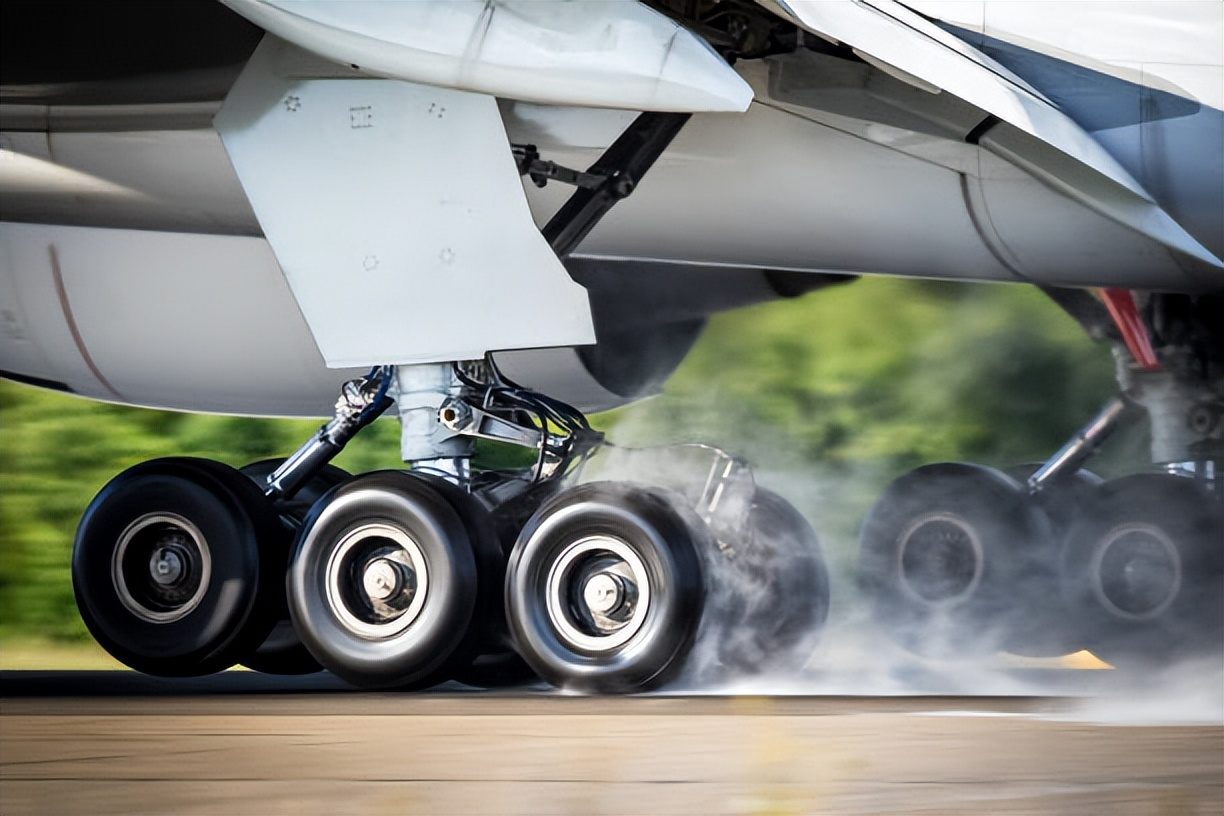A strip of land prepared and suitable for the takeoff, landing and storage of aircraft, managed and owned by individual establishments on their private land. In the process of establishing such airfields, the relevant authorities will conduct an on-site review, and possibly an environmental impact study in order to decide if the area is adequate for use. This includes consideration that covers the:
- a) presence of man-made or natural obstacles along the takeoff and landings paths,
- b) impact on local wildlife and compatibility with it – especially birds, trees that could be a nuisance
In such cases as mentioned above the site will not be approved for a runway. On the other hand, should none of the above be a factor, the authority will issue an approval document stating that the intended surface can be used for a runway. The owner of the airfield has the option of either having their runway published in official charts, alternatively it can remain a private strip. In this instance the airfield will be established, and it will receive a designated code and radio frequency if it is a published runway.
The owner has no obligation in monitoring the airspace surrounding his airfield, nor the communications chatter on their designated airfield frequency. It is up to the owner to decide whether the field is open to any pilot for conditional use only, and at what times it would be operational. Most private airfields are only operational during day times when visibility and cloud cover is favorable due to their limited resources.
The key features of a private airfield include:
- Restricted access
- Ownership
- Business facilitation
For further information please email Martin via info@aircraftlandingmats.com






